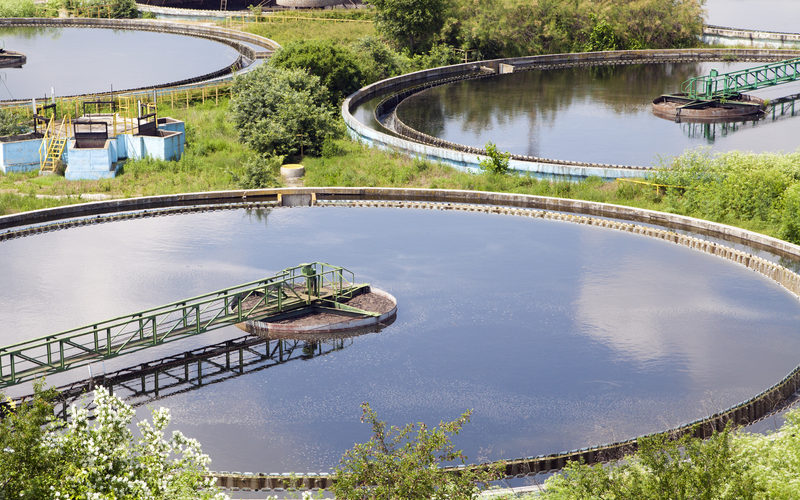Ewen Maddock Water Treatment Plant is being brought back online as part of a range of projects to improve water supply security for the Sunshine Coast after consecutive failed wet seasons.
The plant was built in 2009 in response to the Millennium Drought water crisis to provide an alternative drinking water supply to the Sunshine Coast.
After the drought ended, high water security across the region prompted the decision to place the plant into a standby mode in 2013.
In order to reduce water demand on Baroon Pocket, work has been carried out over the past three months to bring the Ewen Maddock plant back online.
Once online, the plant has capacity to supply an average of 14.3 million litres of water each day to the Sunshine Coast area, drawing raw water from the Ewen Maddock Dam storage.
Minister for Water Supply, Mark Bailey, said low inflows into Sunshine Coast dams last summer meant Seqwater had to increase the capacity of the Water Grid to move water to the Sunshine Coast.
“Over last summer, poor rainfall resulted in record low inflows into the Sunshine Coast’s major dam Baroon Pocket. The hot dry summer, combined with increased water use, saw Baroon Pocket Dam levels fall below 45 per cent capacity,’’ Mr Bailey said.
“To increase water supply security for the Sunshine Coast, Seqwater is undertaking a range of projects to further improve the performance of the Water Grid and its ability to move water across South East Queensland.’’
Mr Bailey said it was because of the Queensland Government’s investment in climate-resilient water sources and the Water Grid, South East Queensland was better able to respond when poor summer rainfall left some of the region’s dams in worse shape than others.
“In South East Queensland, we live in a climate of extremes. Last summer was a perfect example where our dams on the Gold Coast were brimming and overflowing, while our Sunshine Coast storages, particular Baroon Pocket, were experiencing record low inflows,’’ Mr Bailey said.
“By building one of Australia’s first Water Grids, it means we now have the flexibility to change supply sources when we need to and move drinking water across our region.’’
Mr Bailey said in addition to bringing Ewen Maddock Water Treatment Plant back online, a further seven key water infrastructure projects were underway to increase the capacity of the Water Grid to move water to the Sunshine Coast.
“These projects will help supplement the northern region by improving Seqwater’s capacity to transport drinking water from the central Brisbane region to help conserve Sunshine Coast dams when we need to,’’ Mr Bailey said.
The seven projects on top of Ewen Maddock Water Treatment Plant are:
- New Aspley Water Quality Management Facility – to allow more water treated at the Mt Crosby Water Treatment Plant to move safely into the northern parts of the South East Queensland Water Grid
- Sparkes Hill to Aspley Pipeline Capacity Upgrade – involves upgrading the capacity of bulk water infrastructure between the Sparkes Hill Reservoir (Stafford) and Aspley Reservoir (Aspley) to allow more water (125ML/day) produced at the Mt Crosby Water Treatment Plant to supplement supply to the Moreton Bay and Sunshine Coast regions
- Byrnes Rd pump station pressure sustaining valve – to help move treated water from the North Pine Water Treatment up the Northern Pipeline Interconnector to the Sunshine Coast
- Aspley to Narangba Capacity Upgrade – similar to the Sparkes Hill to Aspley Pipeline Capacity Upgrade, this project will allow more water treated at the Mt Crosby Water Treatment Plant to supplement supply to the north
- Sideling Creek (Lake Kurwongbah) drought response – this project is about accessing the water from Sideling Creek Dam for drought response following the decommissioning of the Petrie Water Treatment Plant
- Paynters Creek Connection – this project involves constructing a new bulk water connection at Paynters Creek, Montville to allow water from the Northern Pipeline Interconnector (NPI) to be supplied to the Maroochy area
- Northern Pipeline Interconnector Pump Station Reliability Project – a need has been identified to improve the reliability of pumps on the Northern Pipeline Interconnector, which are critical to operating the pipeline in a northerly flow direction














